If you’re keen on learning more about Flandoodles, then you’ve come to the right place. In this guide, we’re going to talk about one of the newer Poodle mixes – the Flandoodle. How big do Flandoodles grow? What do they look like? Do Flandoodles shed? What’s their personality like? We’ll cover all that and much more in this guide, so keep on reading to learn more!
Table of Contents
- Flandoodles 101: What is a Flandoodle?
- Flandoodle Physical Appearance
- Flandoodle Pictures (Puppy & Adult)
- Flandoodle Size
- Flandoodle Variations & Generations
- Flandoodle Temperament & Personality
- Flandoodle Health & Lifespan
- Flandoodle Exercise & Training
- Flandoodle Coat & Grooming
- Where Can You Get Flandoodles Puppies?
- Flandoodles 101: FAQ
- Flandoodles 101: Final Thoughts
Flandoodles 101: What is a Flandoodle?
The Flandoodle is a cross between the Bouvier des Flandres and Poodle. Like many other Doods, they have lots and lots of nicknames that they’re known by, including Bouvidoodle, Bouvipoo, Poovier, and even Flanpoo.
Like their purebred Bouvier des Flandres parents, Flandoodles are generally large dogs with hearts of gold. They tend to be very loyal and loving companions accompanied by a stubborn and sassy streak. Flandoodles are also rather active dogs, meaning that they’re well suited for people who love doing outdoorsy activities.
One of the main appeals of the Flandoodle is that these pups tend to be much more allergy-friendly dogs compared to their purebred Bouvier des Flandres parents. Like other Doodle breeds, they benefit from their Poodle heritage, which means that they’re generally low-shedding dogs.
Since the purebred Bouvier des Flandres is such a large dog and the Flandoodle crossbreed is one of the newest out there, they’re currently mostly bred as standard-sized dogs. However, we can expect the Mini Flandoodle version to emerge in the near future as well.
So, whether you’re thinking about adopting a Flandoodle pup or already have one of these precious pals in your household, learning the key characteristics and traits of this crossbreed is vital. Above all, you want to be fully prepared for anything that’s to come with your new four-legged best pal.
Flandoodle Physical Appearance
Color
Flandoodles can flaunt a wide array of beautiful coat colors and patterns, as they inherit their coat genetics from both the Bouvier des Flandres and Poodle. Some of the most common colors seen on Flandoodles include black, gray, blue, brown, tan, white, and fawn.
Coat, Shedding, & Hypoallergenic Level
If you know a little bit about Poodle mixes, you know that they’re often bred to be as low shed dogs as possible. And the Flandoodle is no different! Although the purebred Bouvier des Flandres is a double coated breed that sheds a moderate amount of hair, the Flandoodle generally sheds much less – all thanks to their Poodle genes.
The purebred Bouvier has a shaggy and thick double coat that protects them even from the harshest weather conditions. On the other hand, Poodles do have a thick and textured coat, but it’s only single layered.
As a general rule of thumb, breeds that have double layers of fur shed fur either throughout the year or seasonally, whereas dogs with a single layer of fur don’t shed much, if any at all. By combining these two different traits together, it’s very likely that a Flandoodle pup will either inherit a single layer of fur that sheds very minimally, or a double coat that sheds considerably less than the purebred Bouvier’s.
However, it’s important we note that even though many Flandoodles are bred to come with just a single layer of fur, that’s not always the case. As they are mixed breed dogs, it can be difficult to predict the outcome. Some Flandoodles inherit tight and textured curls that are similar to those of the Poodle’s, with a single layer of fur. Meanwhile, other pups may inherit a more straight and thicker double coat, taking after their Bouvier des Flandres parent. But most commonly, Flandoodles come with a wavy coat that combines the best of both worlds.
Flandoodle Pictures (Puppy & Adult)
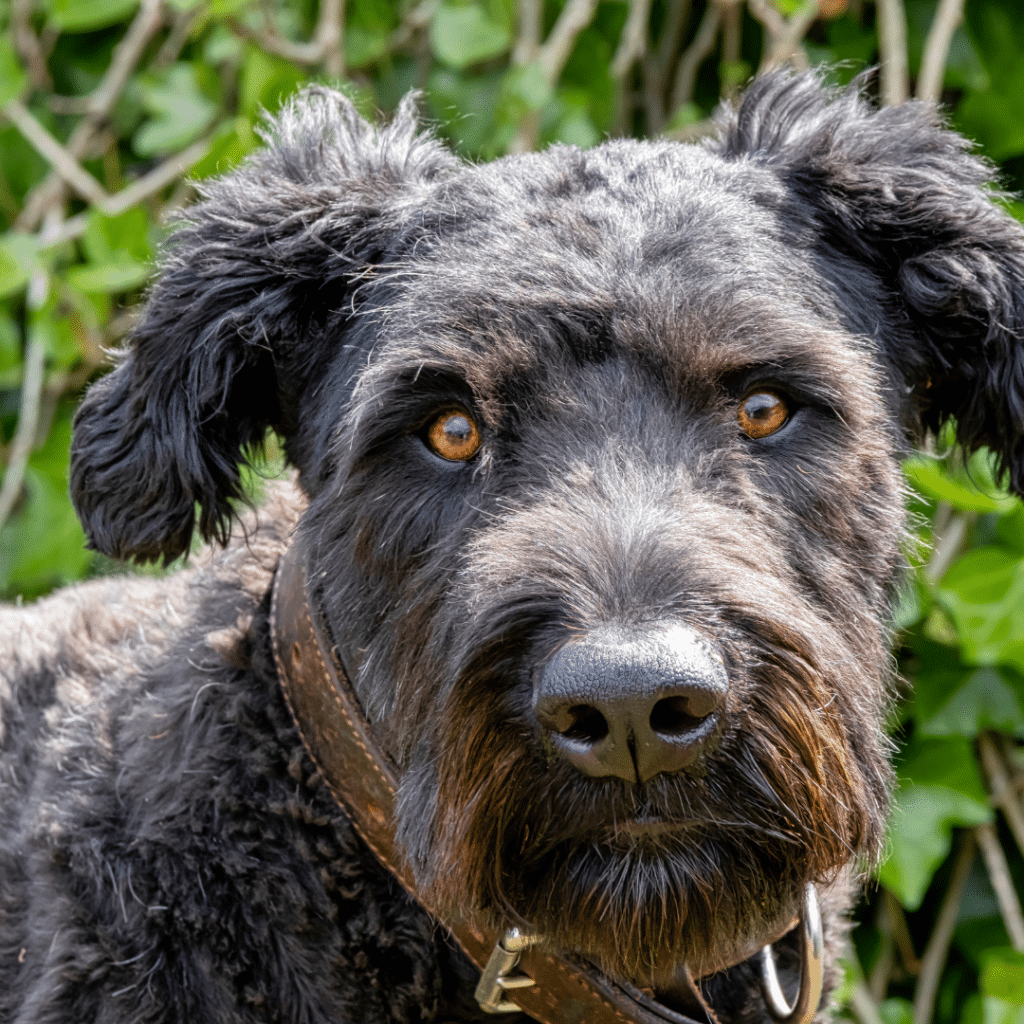
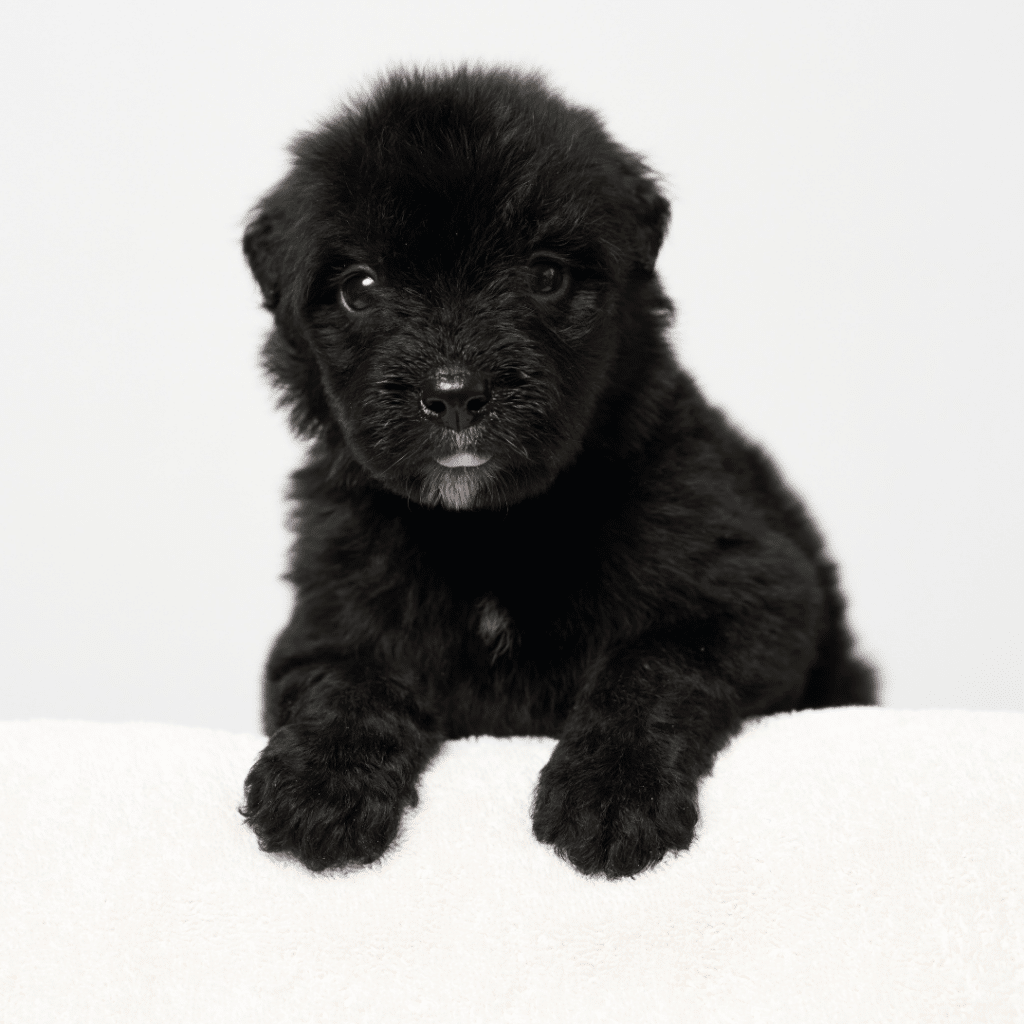
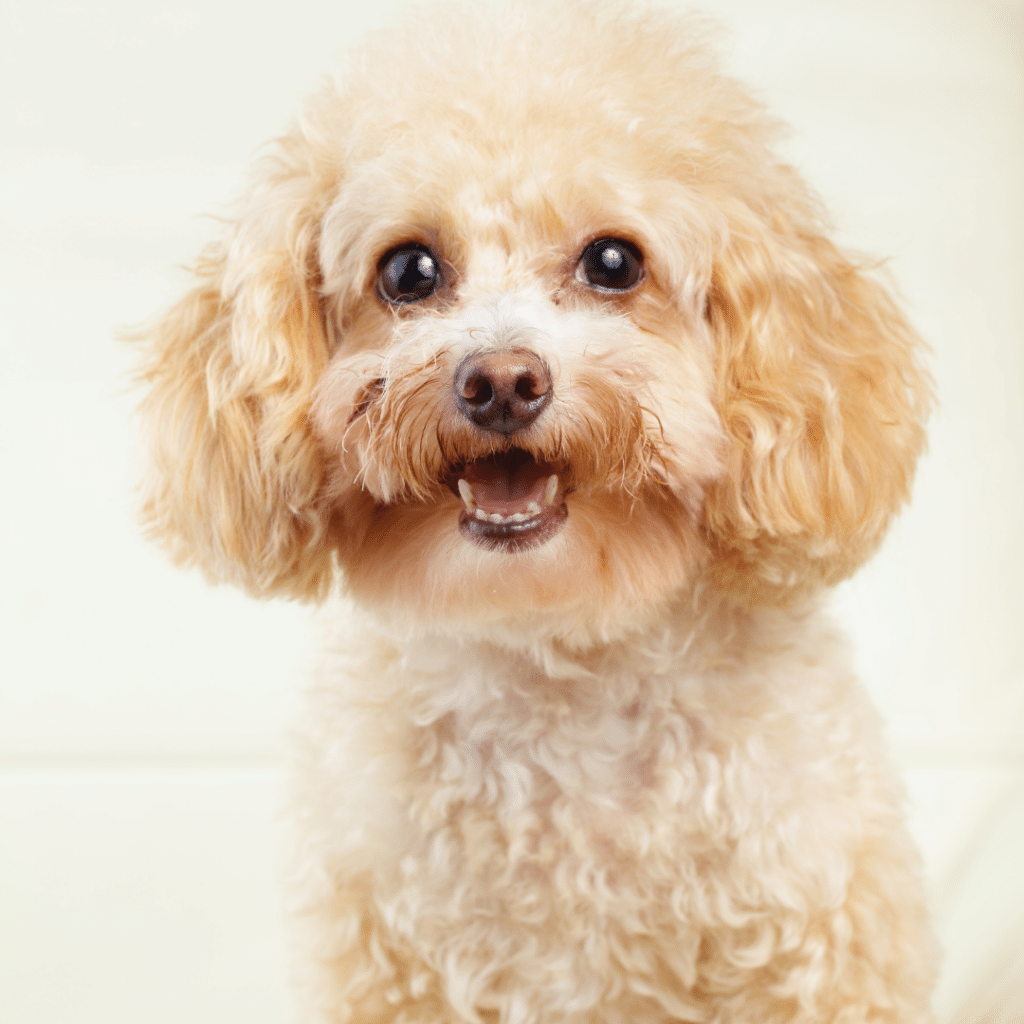
Flandoodle Size
As we mentioned earlier, Flandoodles are usually large Doods – a nod to their Bouvier des Flandres heritage. But how big will a Flandoodle get exactly? Well, if we’re trying to predict a crossbreed’s size, we must first understand their heritage.
The purebred Bouvier des Flandres is a large dog with an average weight of about 70 to a whopping 110 pounds. Their average height ranges between 23.5 and 27.5 inches. Generally, males are bigger than females, as it’s often the case with large-sized breeds.
Then we have the Poodle that comes in three different sizes – Standard, Miniature, and Toy. The former being the largest of them, and the latter being the smallest. As discussed above, the Bouvier-Poodle mix is currently bred with mostly Standard Poodles, as they are closest in size. But as the trends have shown based on other Poodle mixes, it’s only a matter of time when we see the Mini Flandoodle introduced.
So, now that we’ve talked about their background, it’s time we take a look at the Flandoodle size chart for adult Flandoodles:
| Standard Flandoodle | |
| Weight | 55-85 pounds |
| Height | 22-28 inches |
| When Full-Grown? | 12.5-16 months |
*A dog’s height is measured from their withers, which is the highest part of their shoulder blades.
Based on these estimates, we can expect Standard Flandoodles to weigh between 55 and 80 pounds, with an average height of 22 to 28 inches. Similarly to their purebred parents, it’s not uncommon for female pups to be slightly smaller when compared to male Flandoodles.
Although the Mini Flandoodle isn’t “established” just yet, we can expect these Doods to fall on a smaller scale of about 25 to 55 pounds with an average height between 15 and 22 inches at the shoulder.
Flandoodle Variations & Generations
Like other hybrid breeds, there are many possible ways to breed the Flandoodle. Hybrid breeds are categorized into generations that tell us how a litter of puppies was bred. As we know, it can be difficult to predict the outcome when mating two different purebred dogs. And that’s where generations come into play.
A Doodle’s generation tells us how a litter of puppies was bred, but also estimates their rough genetic makeup. This helps us gain a better understanding of how the puppies may turn out in terms of their size, coat type, potential for shedding, and even personality and lifespan.
Now, it’s important to note that although generations do get us a little bit closer when trying to predict the outcome, the mathematics and genetics behind this is much more complicated than it seems.
But, enough babbling already, here’s a breakdown of all the possible Flandoodle generations and what each of them represents:
| 1st Parent | 2nd Parent | % Bouvier des Flandres* | % Poodle* | |
| F1 Flandoodle (first-generation) | Bouvier des Flandres | Poodle | 50% | 50% |
| F1B Flandoodle (first-generation backcross) | F1 Flandoodle | Poodle | 25% | 75% |
| F1BB Flandoodle (first-generation backcross backcross) | F1B Flandoodle | Poodle | 12.5% | 87.5% |
| F2 Flandoodle (second-generation) | F1 Flandoodle | F1 Flandoodle | 50% | 50% |
| F2B Flandoodle (second-generation backcross) | F1 Flandoodle | F1B Flandoodle | 37.5% | 62.5% |
| F2B Flandoodle (alternate cross) | F2 Flandoodle | Poodle | 25% | 75% |
| F3 / Multigen Flandoodle | F1B Flandoodle or higher | F1B Flandoodle or higher | Varies | Varies |
*These are generic calculations only – genetics are rarely mathematically accurate.

As we can see, Flandoodles can be created in many different ways. Usually, it can be tricky to predict how first-generation Flandoodles turn out, as they have a rough 50-50 mix of both purebred parents. However, if the goal would be to breed low-shedding Flandoodle puppies, then backcross generations like the F1b, F1bb, F2b, and F2bb would be ideal.
Similarly, it’s much easier to produce smaller Mini Flandoodles in backcross generations, especially if Miniature Poodles are used in multiple generations. This helps us have more control over the outcome.
Since the Bouvier des Flandres-Poodle mix is such a rare crossbreed, they’re currently mostly bred as first-generation Flandoodles. But again, we can expect to see more variations of the Flandoodle emerging in the near future.
Flandoodle Temperament & Personality
If you’re thinking about adopting a Flandoodle puppy, then your mind is probably filled with all sorts of questions about their temperament and personality. Are Flandoodles friendly? How are they with children? Are Flandoodles aggressive? What about their intelligence levels?
Again, if we want to know more about a hybrid breed’s personality and temperament, we must first take a look at their parents. Poodles are known to be goofy and playful, yet highly intelligent and loyal companions. Likewise, Bouviers are very smart and loyal dogs that form strong bonds with their human parents. Both of these purebred pups also tend to be protective of their families.
In addition to that, both Poodles and Bouviers love a variety of different activities, as they’re both quite energetic breeds. They usually get along well with the whole family, including children and other pets in the household. On the other hand, their herding genetics may pop up with smaller living creatures, so it’s not uncommon for them to try to herd and guard them.
And even though Flandoodles have the smarts, they may exhibit a stubborn streak from time to time. They tend to learn things fairly quickly, but it can also prove to be a bit of a struggle since they are so strong willed.
Flandoodle Health & Lifespan
If you’re planning on adopting a dog, taking good care of their health and wellbeing is going to be your top priority. You’ll also want to be prepared for the next years to come with your precious Dood, so knowing what to expect is going to help you with exactly that.
Flandoodles have an average lifespan of about 10 to 12 years, which is very similar to that of the purebred Bouvier des Flandres. However, it’s not uncommon for them to even live longer than that, as the Standard Poodle has a life expectancy of about 12 to 15 years.
But do Flandoodles have health problems? Fortunately, Flandoodles (and other hybrid breeds) benefit from hybrid vigor. This means that they’re less likely to inherit certain health conditions that are common in their purebred parents. Essentially, hybrid breeds may inherit superior genetics from their parents, as their genetic makeup is more diverse.
Nevertheless, Flandoodles are still at risk of some of the health conditions that are the most prevalent in purebred Poodles and Bouviers. By the way, many of them overlap as well!
The most common health issues in Flandoodles include joint problems like hip and elbow dysplasia, and eye diseases including entropion, cataracts, and glaucoma. They’re also at risk of a heart condition called mitral valve disease (MVD), and other conditions, such as Addison’s disease, Cushing’s disease, epilepsy, cancer, and gastric dilation volvulus (GDV).
Minor health conditions that are common in Flandoodles include various types of sensitivities, intolerances, and allergies, many of them manifesting either as skin problems or gut issues. Due to their big and floppy ears that restrict proper airflow, ear infections are also a common concern.
Flandoodle Exercise & Training
When it comes to their exercise requirements, the active Flandoodle without a doubt needs to move every single day. After all, both the Bouvier and Poodle are energetic dogs, and so is their Flandoodle offspring. The general recommendation for Flandoodles is about 60 to 90 minutes of exercise each day. This includes your daily walkies, jogging and running, and lots of playtime. They also love swimming, so that’s another thing to keep in mind!
That being said, as the Flandoodle is such a highly intelligent and energetic crossbreed, they also need copious amounts of mental stimulation alongside their physical exercise. Daily training sessions, interactive games, puzzle toys, and all sorts of enrichment methods are vital for these Doods.
In fact, if your Flandoodle doesn’t get enough mental and physical stimulation, you’ll soon have to deal with a pup that’s acting out big time. Think of your destroyed furniture, dug up garden, chewed up and torn nick nacks – everything goes! So, make sure you have the time and energy to entertain your Dood.
In terms of their training, it’s all pretty straightforward as with any other breed of dog. You’ll want to start with puppy socialization, potty training, crate training, obedience training, and household desensitization early on. You’ll want to establish boundaries and appropriate behaviors early on, so that you won’t have to worry about behavioral issues down the line.
Of course, the key here is to stay consistent and be patient with your pup. As they can be a bit stubborn, the training process may take some time at first, especially during their teenage months. But it’s going to be so worth it!
Beware Of Separation Anxiety
By the way, Flandoodles are also prone to separation anxiety. Although separation anxiety can be prevented and managed to some extent, the Flandoodle isn’t an appropriate companion for people who don’t spend much time at home with their pets.
Don’t Be Afraid To Ask For Help!
Raising a well-behaved and well-rounded dog requires a lot of work, that’s for sure. And remembering all steps can be extremely overwhelming. We’ve been there!
If you’re serious about adopting a puppy or even an adult dog, it’s vital that you take on the responsibility of properly training and socializing your pooch. We, and countless other dog owners, have found Baxter & Bella’s Online Puppy School so helpful on this journey. And what makes it especially amazing is that you can cover all topics at your own pace, taking the reins into your very own hands.
Flandoodle Coat & Grooming
The great thing about Flandoodles is that they don’t shed much, making them excellent pets for people with allergies. Especially if you’ve adopted a single-coated Flandoodle. But the downside of this is that they require lots and lots of grooming.
For curly-coated Flandoodles, daily brushing sessions are an absolute must. The tight and textured curls easily trap in any dirt, debris, and loose dog hair, which can quickly lead to matting. So, if you’ve missed a couple of brushing sessions, the line brushing technique will certainly come in handy. Also, a good dog detangler spray can do wonders here.
For straight and wavy-coated Flandoodles, a minimum of 3 to 4 brushing sessions a week might be enough. However, if your pup is double-coated, daily brushing will help you minimize the shedding big time.
Likewise, the frequency of brushing also depends on your Dood’s hair length. The longer their hair, the more brushing it needs. It’ll also take more time, but that shouldn’t come as a surprise.
In addition to that, keep in mind that Flandoodles’ hair grows, and it grows fast! Regular trips to the groomers about every few months are a must. Or, you could instead opt for at-home haircuts and bathtime. This will save you a ton of money in the long run.
Other steps in the Flandoodle’s grooming routine include:
- Regular bathing with a good quality dog shampoo;
- Weekly nail trims to prevent overgrown nails and discomfort;
- Regular ear cleaning with pet-safe ear cleaners to prevent ear infections;
- And staying on top of their oral hygiene routine to prevent dental issues.
Where Can You Get Flandoodles Puppies?
Since the Flandoodle is one of the newer and rarer Poodle mixes, it might be tricky to get your hands on one. However, as with any other Doodle breed, we can expect more and more reputable Doodle breeders to start specializing in this wonderful hybrid cross.
You might also like to know – how much does a Flandoodle cost? In the US, Flandoodle puppies usually come with a similar price tag like other Poodle mixes, which usually ranges between $1,500 and $4,000.
So, if you’ve decided that the Flandoodle is the right pet for you, we recommend you first read out comprehensive guide How To Choose A Responsible Breeder and then head out to our Doodle Breeder Directory, where we have gathered ethical Doodle breeders all across the US, Canada, UK, Australia, Netherlands, and Germany.
Flandoodles 101: FAQ
The Flandoodle is a large-sized dog that weighs 55 and 85 pounds. Their height ranges between 22 and 28 inches. Typically, male Flandoodles fall on the higher end of the scale, whereas female pups tend to be slightly smaller.
Currently, Mini Flandoodles are extremely rare to come across. However, we can expect Mini Flandoodles to weigh about 25 to 55 pounds once fully grown.
Flandoodles are very intelligent dogs, as both of their purebred parents are highly intelligent. In fact, Flandoodles are known to learn new tricks, habits, and cues very quickly. On the other hand, they are known to be stubborn, so staying patient and consistent, and utilizing positive reinforcement training methods is vital.
Flandoodles 101: Final Thoughts
Flandoodles may not be as well-known as some other Poodle mixes, but they’re every bit as amazing. They’re affectionate, loyal, and intelligent companions, making them excellent pets for almost anyone who has the time and energy to commit to this crossbreed.
Some key takeaways you must consider are that Flandoodles require a fair amount of exercise, mental stimulation, and also grooming each day. And due to their large stature and energy levels, they aren’t appropriate pets for apartment living. But if you can provide your new pup all that they need to thrive, you’ll have the best, most wonderful companion by your side for many, many years to come.
Want to Learn
DIY Doodle Grooming?
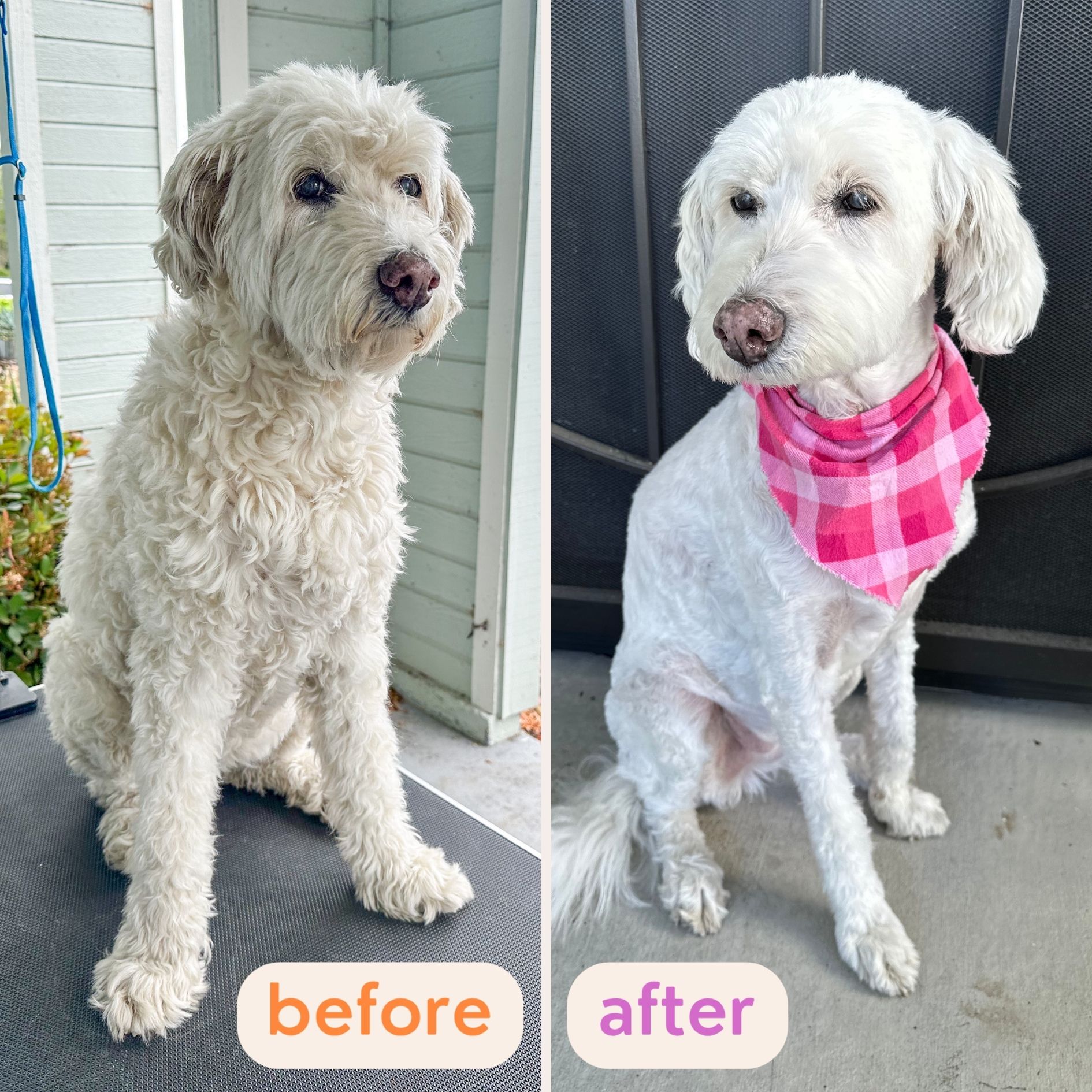
 “Every concern and question I had now has clear, practical solutions.” – Paula D.
“Every concern and question I had now has clear, practical solutions.” – Paula D.
 “These lessons have provided tremendous amounts of information.” – Steve B.
“These lessons have provided tremendous amounts of information.” – Steve B.
 “Buy the course and complain about how easy it is!” – Chris S.
“Buy the course and complain about how easy it is!” – Chris S.
Learn How To Groom Your Doodle At Home…
Safely…And Without Confusion:

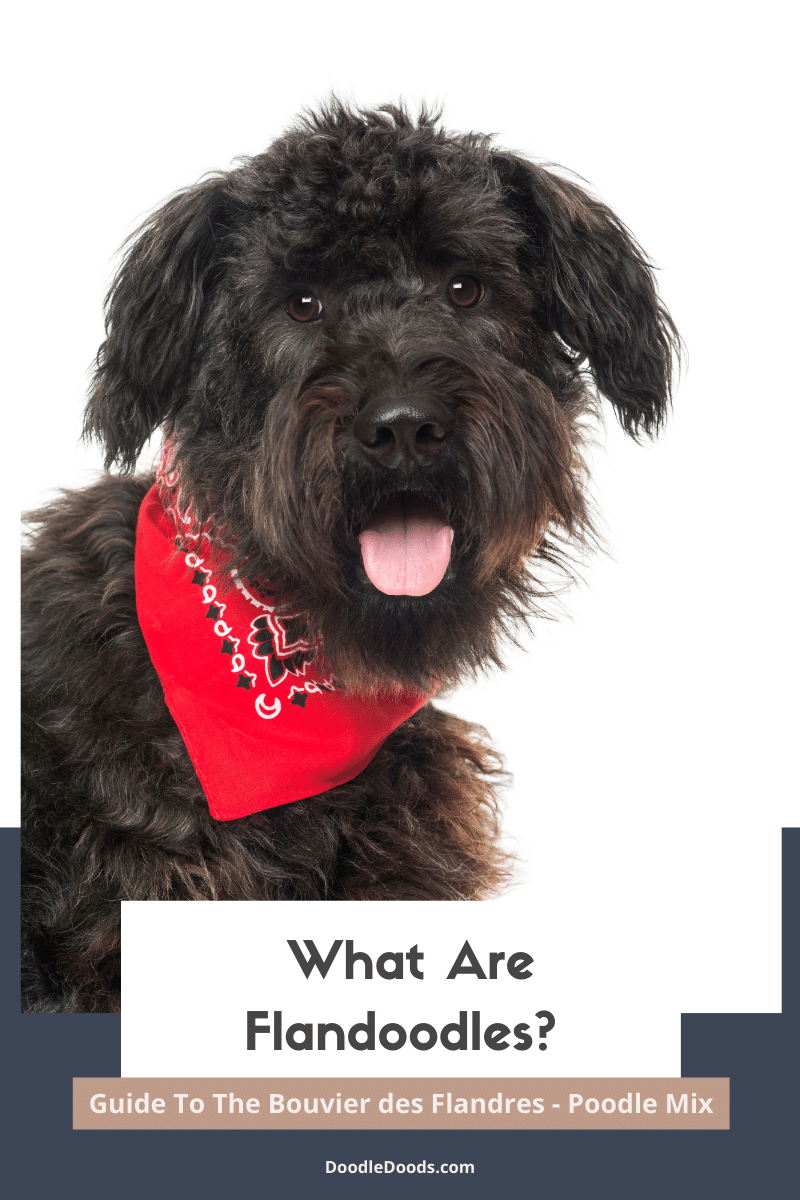




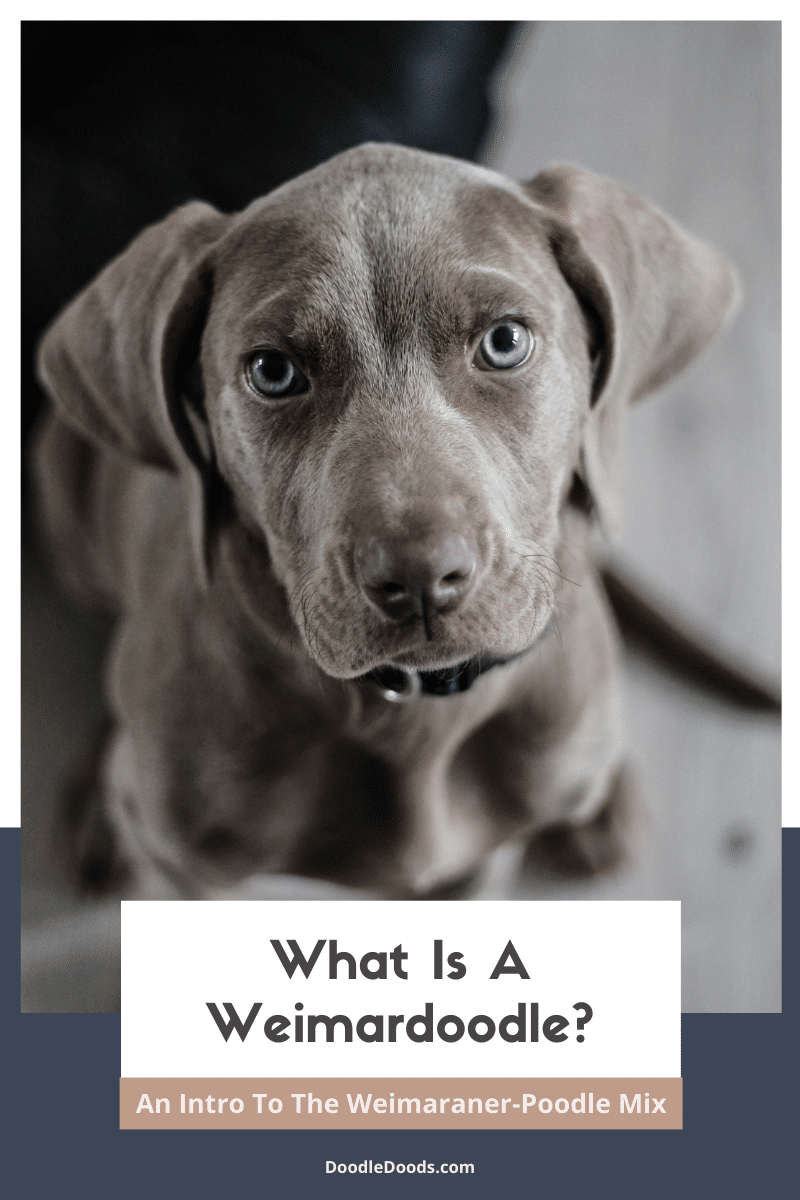
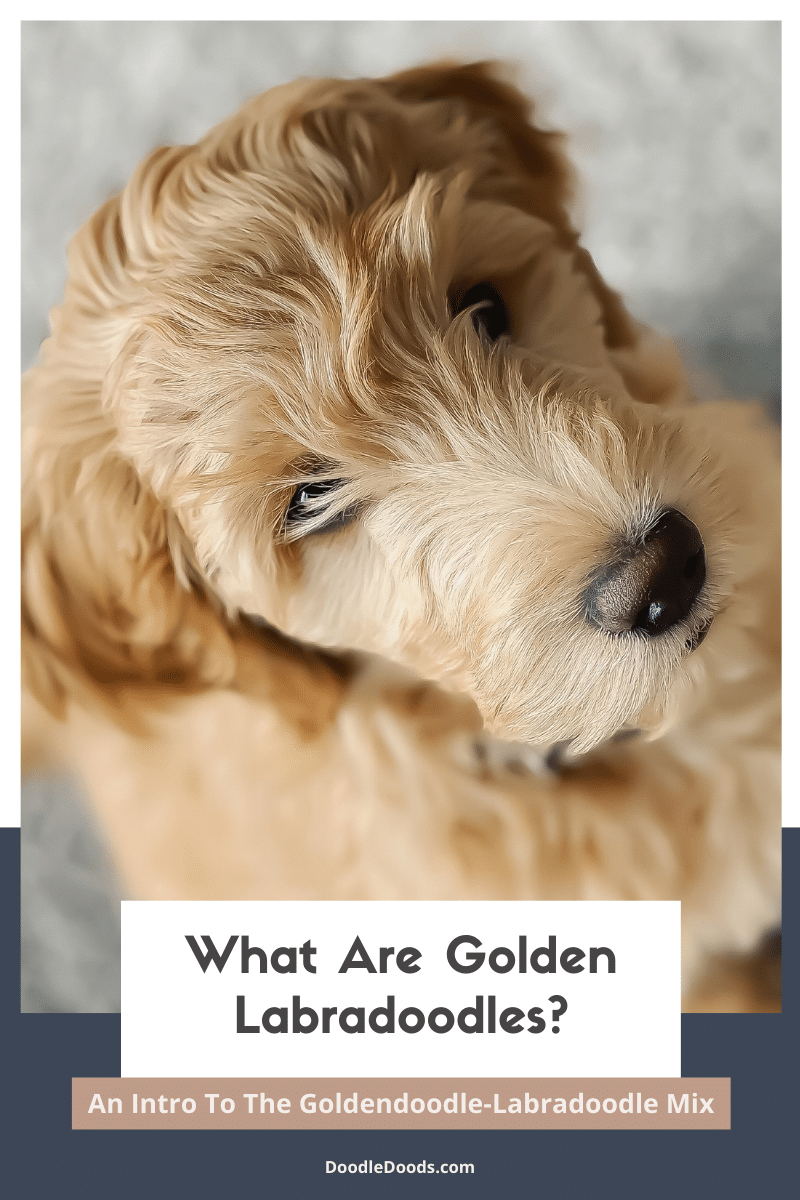





We have a flandoodle that was a rescue return due to family issues. This article is spot on as to what type of dog they are. Gertie is about a year and half old now and is a very playful and loving dog. However, that stuborn streak does rear up when you want her to do something or try and take something away from her. Advise: “Keep socks away from them!”
April 29, 2024 at 2:26 pm